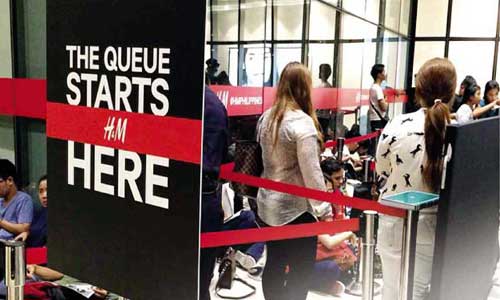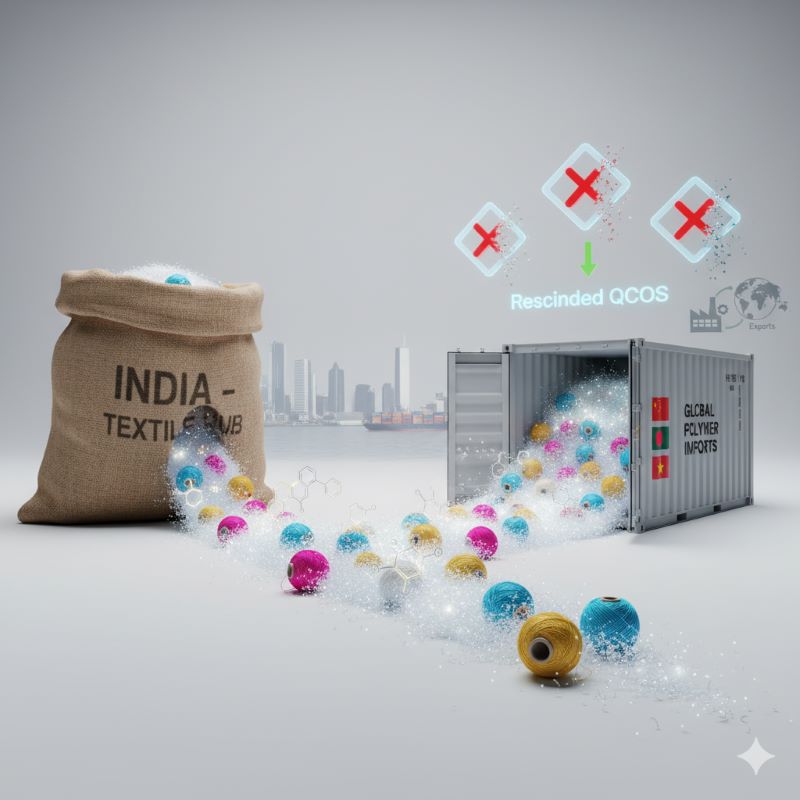"The clothing industry is a major manufacturing sector of Hong Kong. It is the fourth largest manufacturing employer, with 657 establishments hiring 4,763 workers as of March 2017. The major reason for declining exports is relocation of production facilities offshore. In a major upheaval, developed markets, such as the US, the EU and Japan, have started sourcing proudcts from countries, including ASEAN and Bangladesh, thereby hampering the competitiveness of Hong Kong and mainland manufacturers."

Hong Kong’s clothing exports saw 10 per cent decline year-on-year in the first five months of 2017, when re-exports fell by 10 per cent and domestic exports by 46 per cent. In January-May 2017, Hong Kong's clothing exports to the US and EU, the two largest markets that accounted for more than 60 per cent of the total, fell by 9 per cent and 12 per cent, respectively.

The clothing industry is a major manufacturing sector of Hong Kong. It is the fourth largest manufacturing employer, with 657 establishments hiring 4,763 workers as of March 2017. The major reason for declining exports is relocation of production facilities offshore. In a major upheaval, developed markets, such as the US, the EU and Japan, have started sourcing proudcts from countries, including ASEAN and Bangladesh, thereby hampering the competitiveness of Hong Kong and mainland manufacturers. Rising labour costs and stricter environmental regulations on the Chinese mainland have fueled this trend.
Export trends
Hong Kong's clothing exports to the US decreased by 9 per cent in the first five months of 2017, while exports to EU registered 12 per cent decline. EU markets including the UK, Germany, France and Italy witnessed 13-33 per cent de-growth. As a sigh of relief, clothing exports to the Netherlands rose by 7 per cent. Hong Kong’s exports of woven wear fell by 9 per cent year-on-year in the first five months of 2017. Exports of knitwear decreased 10 per cent, whereas clothing accessories and other apparel articles declined 9 per cent and 10 per cent, respectively.
Online shopping gaining might
Online shopping is gaining prominence across the globe and that’s true for Hong Kong as well with major clothing markets, including the mainland China registering 467 million online shoppers in 2016. Recent a PwC survey indicated Chinese consumers are most inclined to online clothing shopping, with more than 72 per cent of the Chinese respondents saying that they prefer buying clothes through the Internet.
The growing variety of online shopping sites such as Taobao in China and ASOS Marketplace in the UK, plus the bloom of group shopping and mobile retailing, is expected to boost online shopping and sales further. The continuous improvement of third party payment such as Alipay by Alibaba Group and WeChat Pay by Tencent also aids in enhanced online shopping. It is estimated that global retail e-commerce sales will more than double from the current level and exceed US$4 trillion by 2020.
The growing variety of online shopping sites such as Taobao in China and ASOS Marketplace in the UK, plus the bloom of group shopping and mobile retailing, is expected to boost online shopping and sales further. The continuous improvement of third party payment such as Alipay by Alibaba Group and WeChat Pay by Tencent also aids in enhanced online shopping. It is estimated that global retail e-commerce sales will more than double from the current level and exceed US$4 trillion by 2020.
Growth regions
Rapid expansion in China’s economy has attracted both Hong Kong and foreign clothing companies. Foreign players including C&A, Uniqlo and H&M are looking to expand in smaller cities, those which are not yet present on mainland are working hard to establish their presence. For instance, Victoria's Secret is set to open a flagship store in Causeway Bay, leveraging Hong Kong as a springboard to go across the border.
As per latest Cotton Incorporated Lifestyle Monitor Survey, 73 per cent of US consumers believed better quality garments are made from natural fibres and 65 per cent of were willing to pay more for it. Besides, most fashion brands are adopting green techniques/designs to increase efficiency and reduce waste in the production process. For instance, H&M has initiated ‘H&M Conscious’, promising more efficient use of natural resources and adoption of 3Rs principle in production while fashion brand G-Star RAW has invented and used in its collections Bionic Yarn, an eco-friendly fabric made of fibers derived from recycled plastic bottles found in the ocean. /span>












